by Mike Gulett –
Every time I see a ‘32 Ford Hot Rod my heart flutters a little and I wonder “is it a real one”? By that I mean was any of it built and delivered by Ford as part of a ‘32 Ford back in 1932? Or, as experts would ask, “is there any Henry Ford steel?” The answer is usually “no”. That does not make it any less a hot rod though as it was created by someone with a passion for individual expression.
The 1932 Ford Hot Rod holds a central, mythical place in American automotive culture. While the 1932 Ford was important in its own right for technological and design reasons, it was in hot rod form that it became legendary. As a hot rod, the ’32 Ford—especially the roadster and 3-window coupe—was transformed into a symbol of freedom, rebellion, creativity, and youth identity.
1. The Canvas of American Hot Rodding
The 1932 Ford was perfectly suited to hot rodding because of three key attributes:
Lightweight chassis: The simple ladder-frame construction made it easy to modify.
Plentiful body styles: Coupes, roadsters, and sedans offered endless customization options.
Flathead V8: Its easily modifiable engine could be tuned, bored, or swapped for even more power.
These qualities made the ’32 Ford the ideal base car for aspiring gearheads. By the late 1940s and early 1950s, “Deuces” (called so because of the 2 in ’32) were being stripped down, hopped up, and raced on dry lake beds or street corners—fueling a new subculture.
2. The Birth of Youth Car Culture
Post-World War II America was a society in transition:
Veterans returned with mechanical skills from military service and access to cheap surplus parts.
The economy boomed, giving rise to a new, mobile middle class, especially among the young.
Old cars like the ’32 Ford were cheap, accessible, and easy to work on, making them ideal for young people.
The result was an explosion in do-it-yourself performance engineering, and the 1932 Ford was at the center of it. It wasn’t just a car anymore—it was a rite of passage.
Owning and building a ’32 Ford hot rod meant more than transportation. It meant freedom, creativity, and an assertion of identity. This was the dawn of American youth car culture, and the Deuce was its crown jewel.
3. Influence on Design and Customization
The hot rod scene that developed around the ’32 Ford led to the birth of a distinct aesthetic language that still informs automotive design today:
Chopped tops: Lowered roofs for a sleeker look.
Channeling: Lowering the body over the frame for a lower stance.
Louvered hoods, flamed paint jobs, chrome accents, and whitewall tires became iconic.
Customizers like George Barris, Ed “Big Daddy” Roth, and Von Dutch all left their mark on the ’32 Ford, using it as a canvas for radical artistic expression.
The result was a kind of folk art movement with wheels—personal, rebellious, and often brilliantly inventive.
4. The ’32 in Music, Film, and Myth
Few cars are as deeply embedded in American pop culture as the 1932 Ford hot rod. It became a symbol of cool:
Immortalized in the Beach Boys’ “Little Deuce Coupe”, a song that put the ’32 Ford in jukeboxes across the nation.
Featured prominently in George Lucas’s American Graffiti, where John Milner’s yellow Deuce coupe became the stuff of local legend.
Appearing in hundreds of car magazines, comics, model kits, and posters throughout the 1950s and 1960s.
The ’32 Ford hot rod wasn’t just admired—it was worshipped, becoming an icon of American independence and youth rebellion.
5. The Blueprint for Hot Rodding and Custom Culture
Every hot rod that came after, in a way, owes a debt to the ’32 Ford.
The ’32 Ford hot rod:
Set the template for what a hot rod could look like.
Gave rise to an entire industry of aftermarket parts, speed shops, and custom builders.
Became the defining symbol at shows like The Grand National Roadster Show and SEMA.
Continues to influence car builders today, from traditionalists restoring original ’32s to modern shops crafting fiberglass replicas.
Even now, in a world of electric vehicles and AI-driven cars, the ’32 Ford hot rod remains a touchstone of authenticity—a car built by hand, just for fun.
6. Rarity and Reverence
Because so many original 1932 Fords were chopped, modified, and raced, surviving stock examples are rare—and original-bodied hot rods are incredibly valuable. They are a cornerstone of serious collections and museums like the Petersen Automotive Museum in Los Angeles.
The reverence for the Deuce is so deep that even reproduction bodies, made by companies like Brookville Roadster, command high prices and are used in high-end builds.
Summary
The 1932 Ford Hot Rod is not just a car—it’s the spiritual ancestor of American automotive enthusiasm. It was the spark that lit the fire of hot rodding, the car that brought power to the people, and the machine that helped define what it means to personalize and celebrate a vehicle. From dry lake beds to Sunset Boulevard, from garage-built racers to concours-winning customs, the ’32 Ford hot rod is the beating heart of car culture in America—a legend that still lives and inspires today.
Let us know what you think in the Comments.
Research, some text and some images by ChatGPT 40.



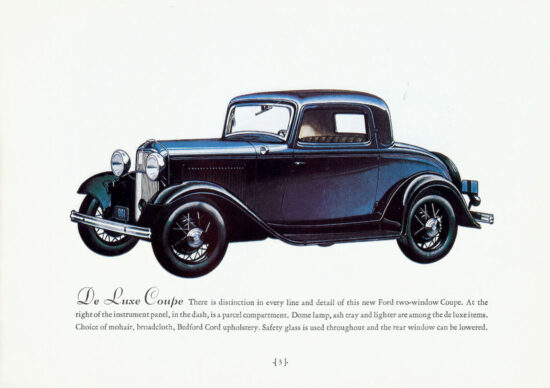
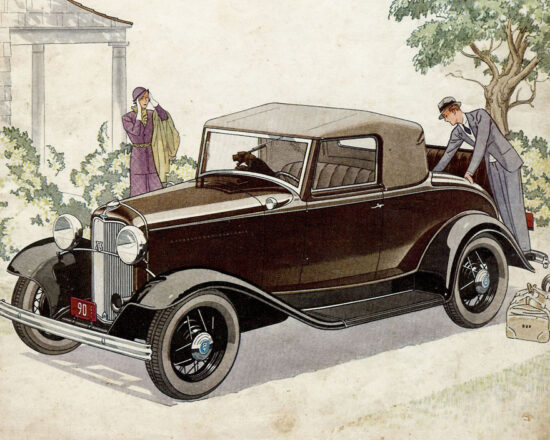
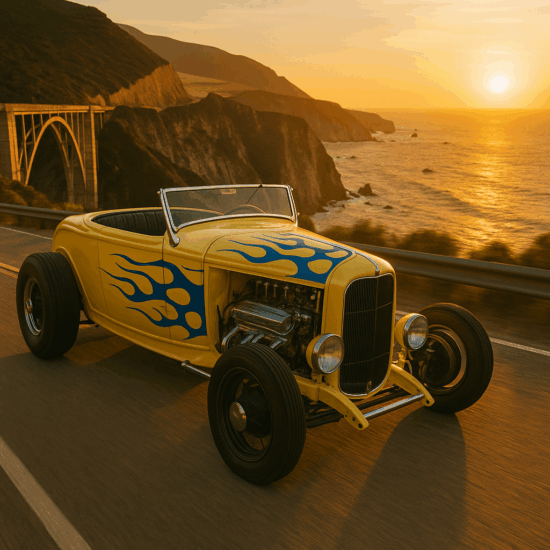
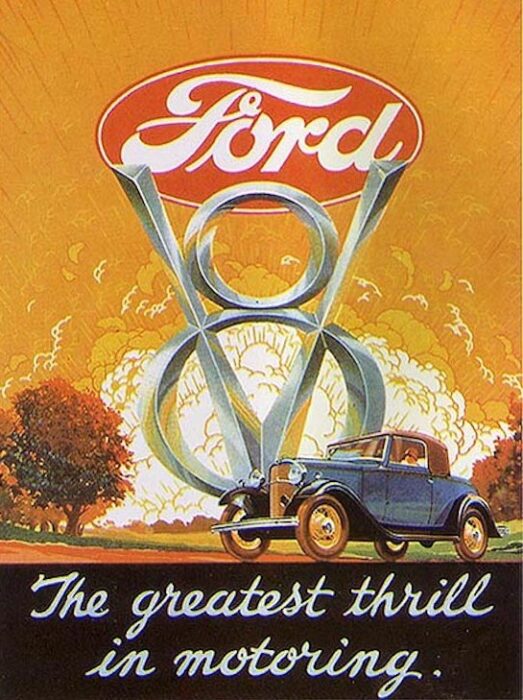
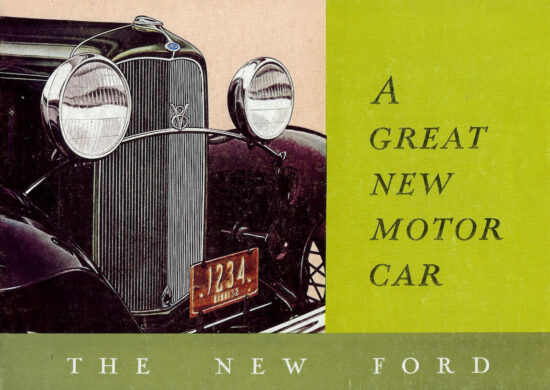
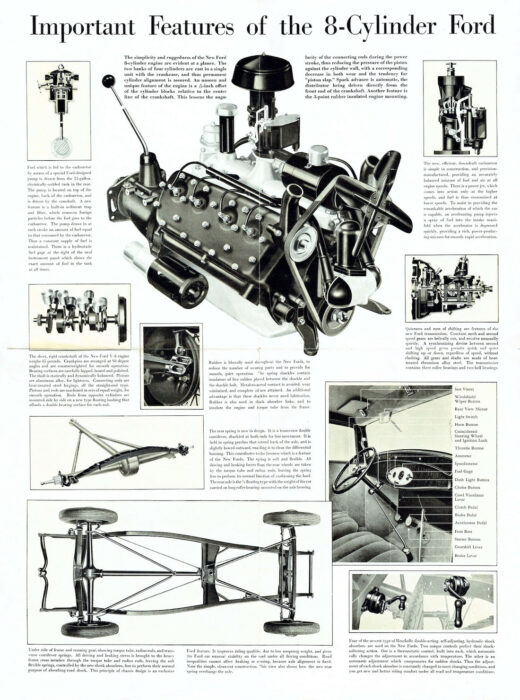
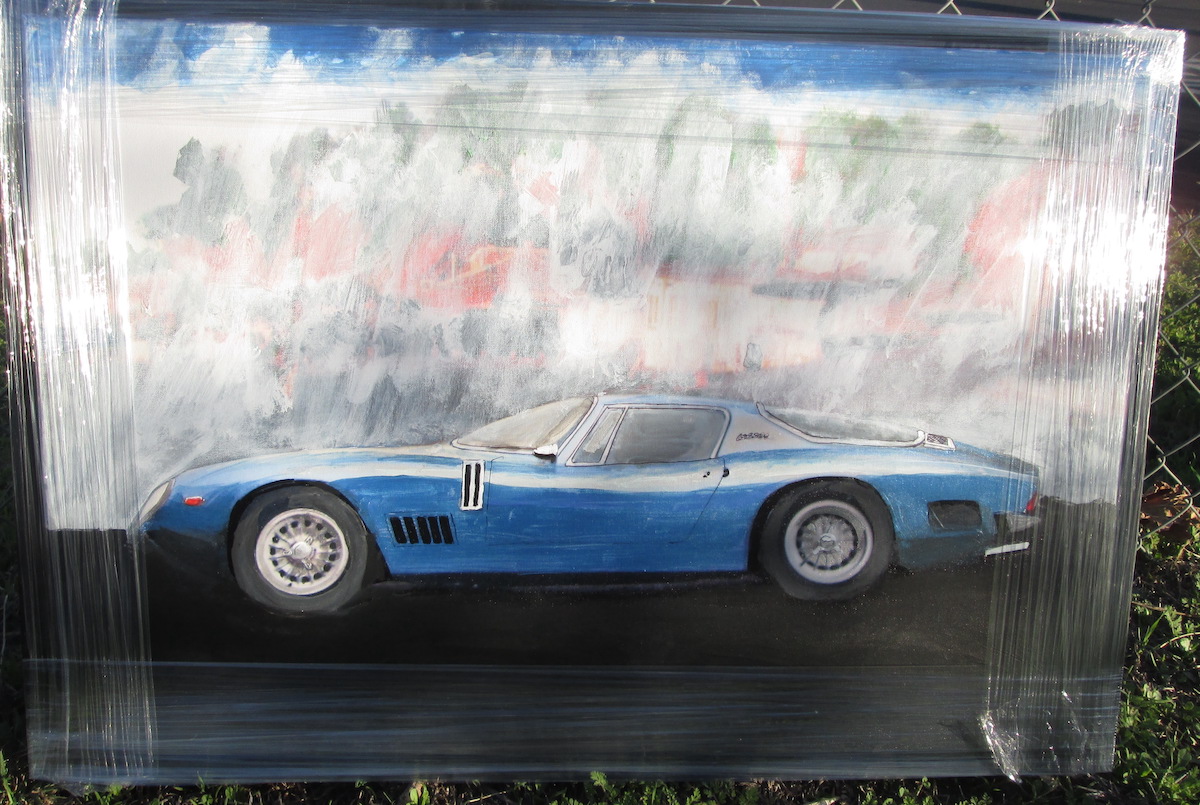

There is nothing else like a “Duece”.. They are internationally accepted no matter what body style, or condition.
I liked John Milner and his Hot Rod in American Graffiti.